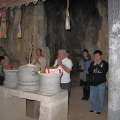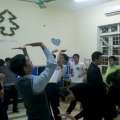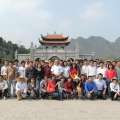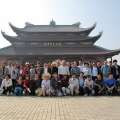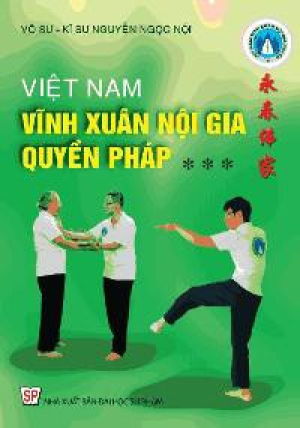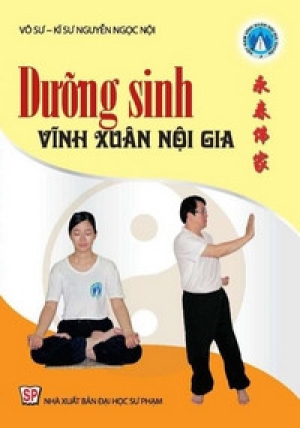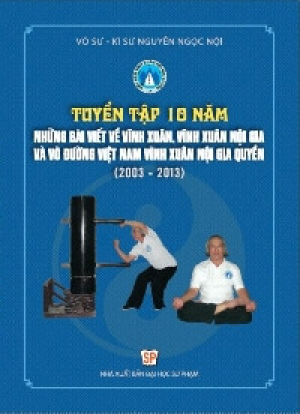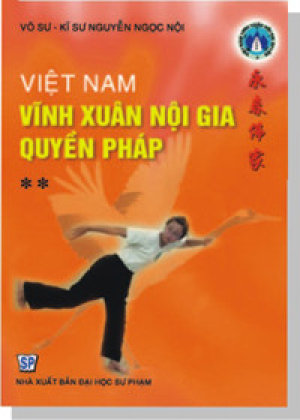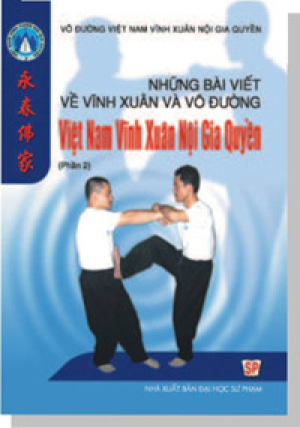Introducing a good article about "Meditation and breathing"
When we teachers and students read the article "Meditation and Breathing" by Dr. Do Hong Ngoc in Volume 1, TU QUANG Buddhist Bookshelf of Xa Loi Pagoda published by Phuong Dong Publishing House, we all felt very good, gentle and easy.
Thank you Dr. Do Hong Ngoc, Xa Loi Pagoda and Phuong Dong Publishing House
Admin Vietnamese Dojo Vinh Xuan Noi Gia Quyen
Meditate and breathe
Doctor.
The question is why are more and more hospitals opening but always "overcrowded"?
Meditation can contribute to solving the underlying problem.
Let's start with the simplest and most fundamental thing: breathing.
There is a consistency throughout the Buddha's teachings of meditation, from the Four Foundations of Mindfulness (Satipatthàna) to Mindfulness of the Body (Kàyagatàsati), then Input and Exit (Anàpànasati), which is BREATHING.
The question is why observe the breath?
To live is to breathe, to die is to stop breathing, to stop breathing, to stop breathing.
Each inhale and exhale takes about 5-10 seconds on average.
Anger, anxiety, and fear consume a lot of energy.
The lungs are like a pump, "inflating and deflating" to bring air in and out thanks to pressure changes.
When we talk about meditation, we often think of sitting: sitting in meditation.
Keeping your back upright is also an extremely important requirement in meditation. We will easily tend to follow the natural curvature of the spine under the weight of the body due to gravity and especially age, which easily leads to curvature.
A person who goes to the temple to bow to Buddha and whose posture is not correct will suffer from spinal pain for a long time!
In meditation, another decisive factor is the relaxation of the whole body, the "letting go" of the whole body, which some people compare to floating along the water.
Our body has about a hundred trillion cells.
When the body has relaxed and relaxed, significantly reducing energy consumption, it will also be less necessary to provide nutrients through food (flour, protein, fat)... which are the source of nutrients.
Biomedical studies show that monks can reduce oxygen needs by up to 40% during meditation.
Cortisol and ACTH are also reduced, so there is no stress;
In recent years, thanks to tools such as PET (position emission tomography) or SPECT (single photon emission tomography) and fMRI (functional magnetic resonance imaging) to measure brain perfusion activity, it has been shown that some areas are more irrigated.
Research on the physiology of meditation is still ongoing, but it is clear that meditation has the ability to reduce stress, reduce blood pressure and create pleasure, which are factors of health and quality of life.
Clinical research shows that meditation helps reduce patients' hospital stay, reduces anxiety, depression, and reduces general mental symptoms by 50%.
The atmosphere we breathe today is no different than it was 700 million years ago – that is, when there were the first single-celled organisms on earth, it is no different!
Take refuge in yourself.
Buddhist calendar 2556
Articles
Topic
Image
Video
- A few thoughts after the trip to Poland at the end of 2023
- Ceremony to build Wood staff for student Nong Trung Dung
- A good day in a good month for Vietnamese Wing Chun Noi Gia Quyen Dojo
- Some photos of the training session at Nam Dong Dojo on October 8, 2023
- Disciples at Vietnam Dojo wish Master a happy birthday
Dojo
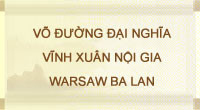
Link

